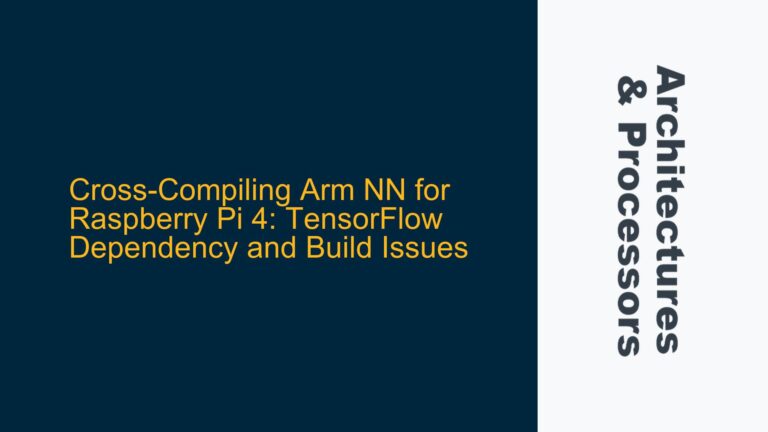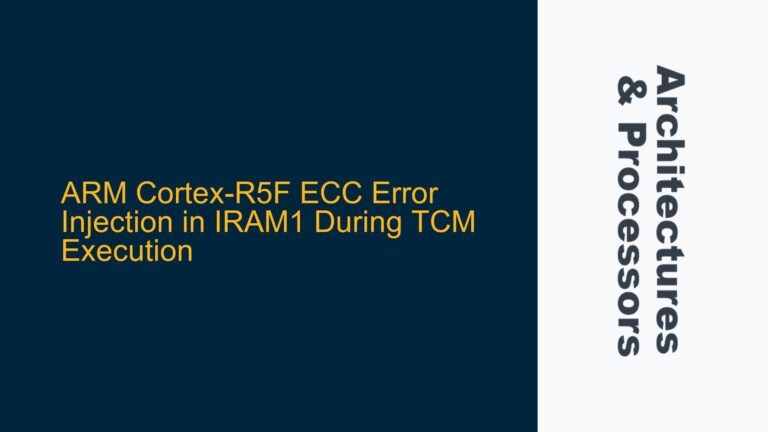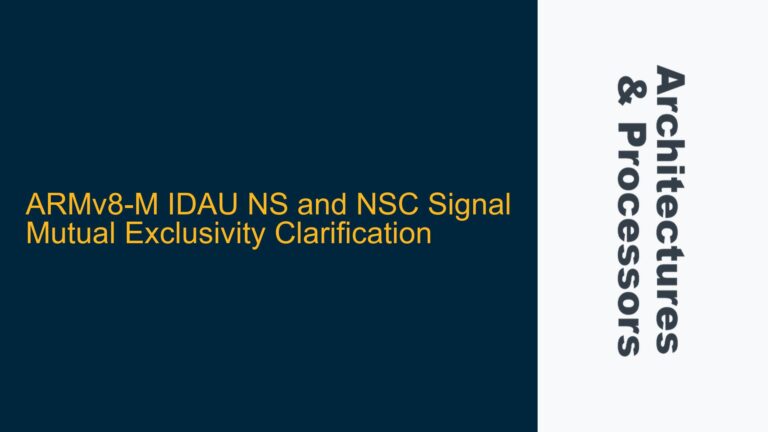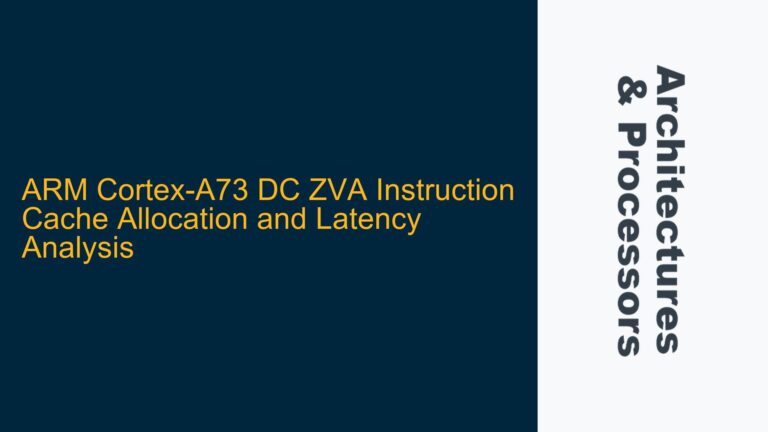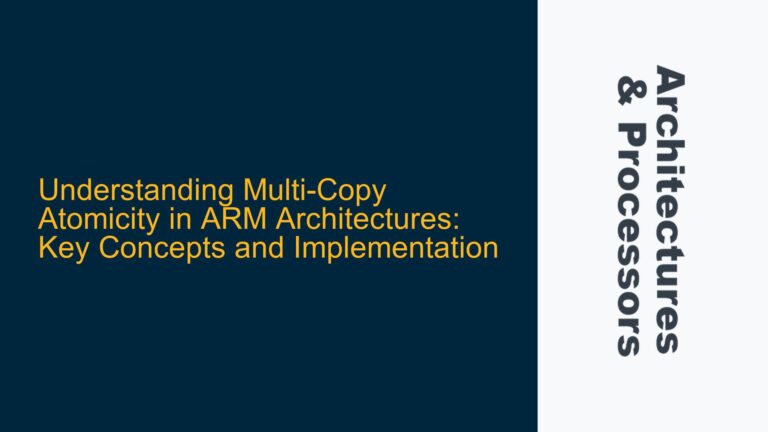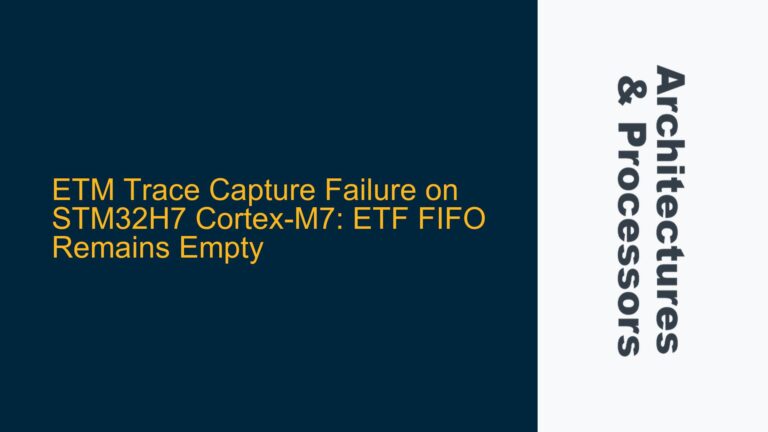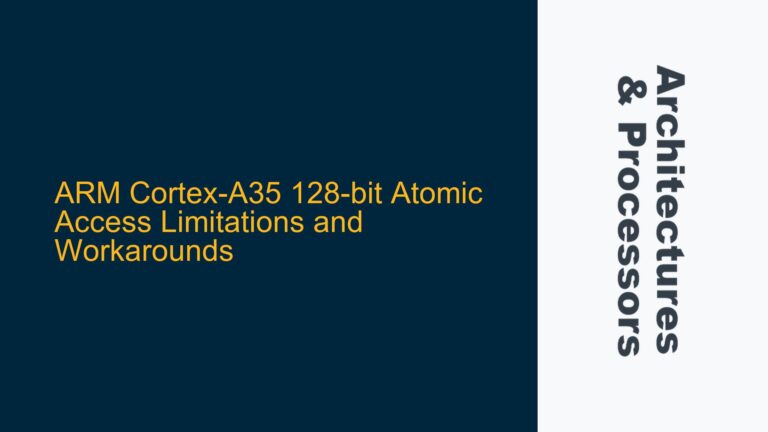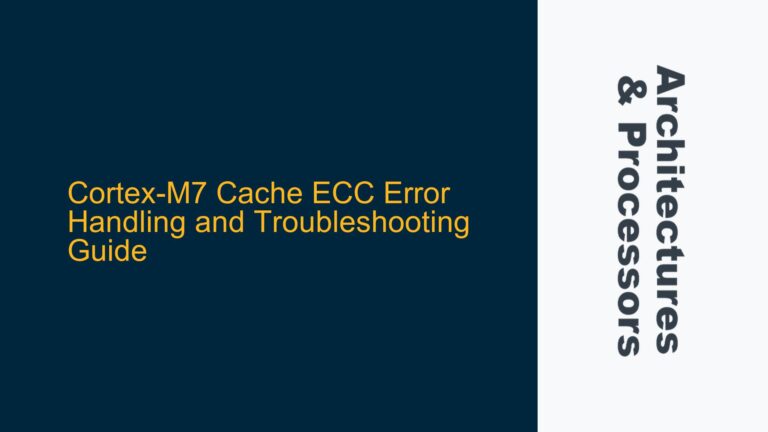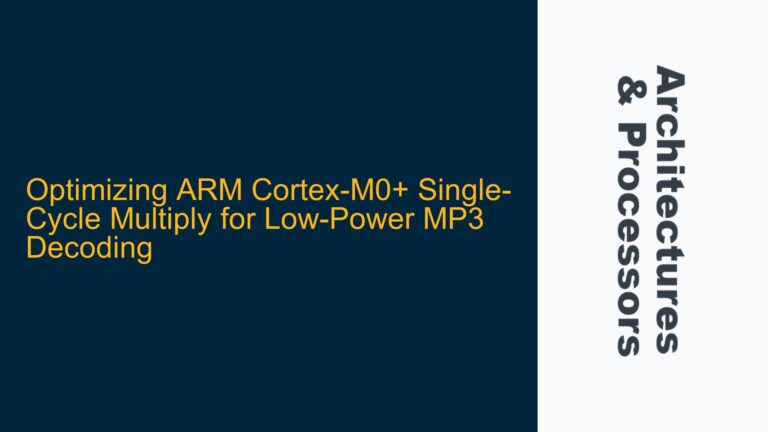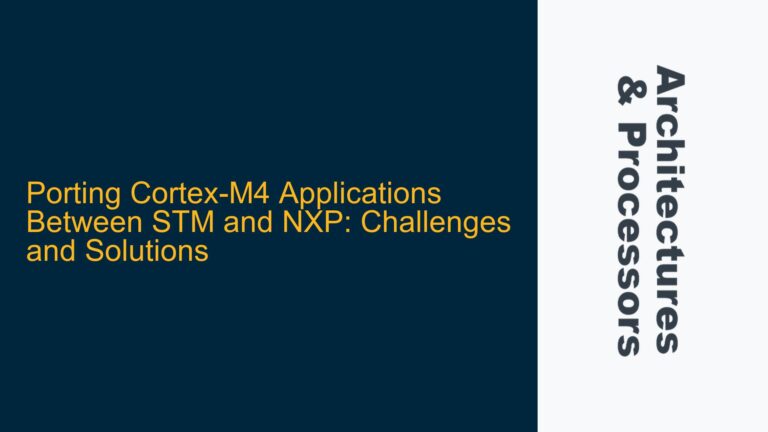Cross-Compiling Arm NN for Raspberry Pi 4: TensorFlow Dependency and Build Issues
ARM NN Build Failure Due to TensorFlow Version Mismatch When attempting to cross-compile Arm NN for the Raspberry Pi 4 Model B, a common issue arises during the "Building Arm NN" phase, where the build process fails with errors related to TensorFlow dependencies. This problem is often rooted in version incompatibilities between the TensorFlow library…
